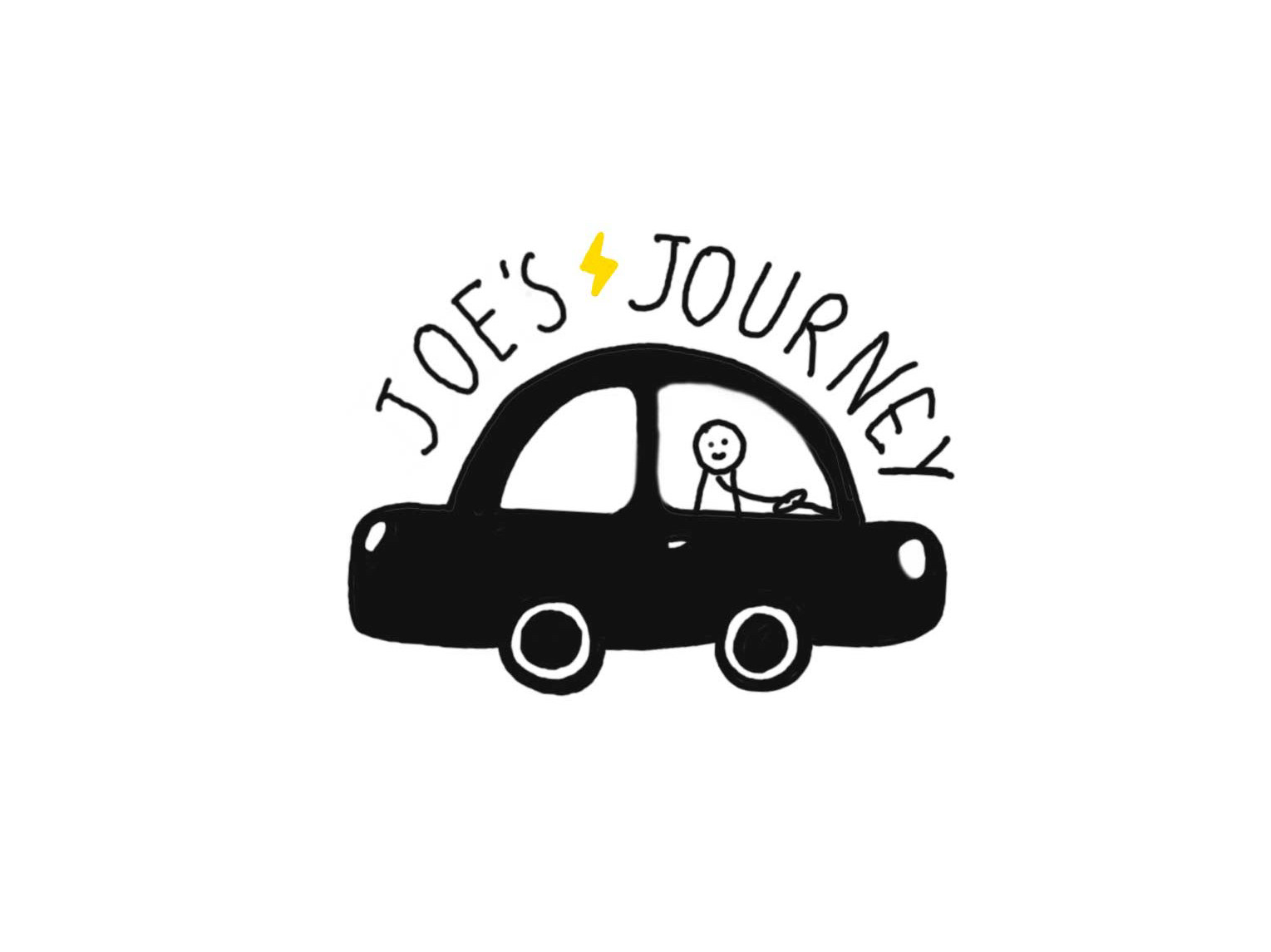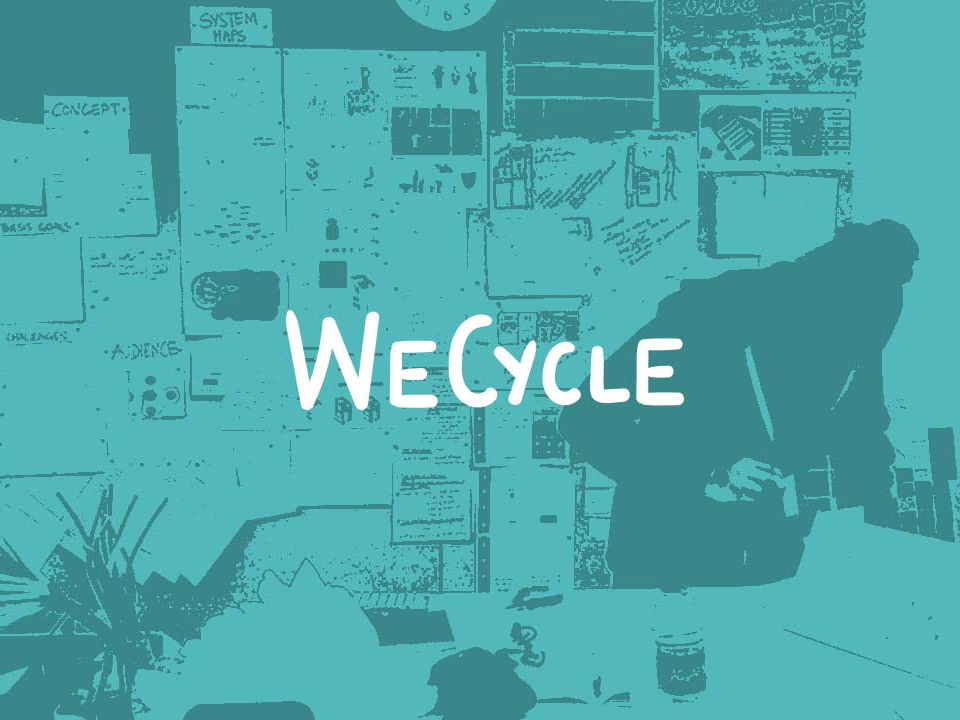The Souled Store
Developing the creative eco-system of an e-commerce startup.
SUMMARY
CONTEXT
The Souled Store is an online merchandise startup launched in India, that despite making progress in early months, lost itself in a crowd of competitors and exhausted its product ideas. The company faced stagnation after a year of launch due to absence of a creative vision and strategy. Redefining its experience was the key task to support its long term growth.
My journey with The Souled Store began with studying their business, customers and organization to unveil difficulties that hindered their progress. Overcoming them helped discover the vision for the brand and implement a creative system to support it. It was comprised of the internal design process, the in-house creative team, brand identity and inter organizational communications, and the user experience of the online store.
ROLE
I worked with co-founders Aditya Sharma, Rohin Samtaney and Vedang Patel, as the Chief Creative Director, to plan and implement processes for the long term growth of the brand. I wore varied hats throughout my 3 years working with them, to learn and apply different skills required for the tasks at hand. My major responsibilities to the brand were to design and develop the product line, unite the brand personality, build and lead the creative team and lead the vision for the overall brand and online user experience.
OUTCOMES
Efforts put in towards improving the brand perception and experience resulted in an overall 225% increase in monthly orders over 2 years.
The 2016-17 website redesign resulted in an increase in customer retention by 8% in the first 3 months of the launch.
The brand vision and outputs helped The Souled Store acquire $3 million in funding in 2018 by The Goenka Group and is the largest online pop-culture merchandise brand in India today.
SKILLS APPLIED
Graphic design, Illustration, Merchandise design, Creative Direction, Brand Strategy, Design Management, Contextual User Research, User Experience Design, User Interface Design
***
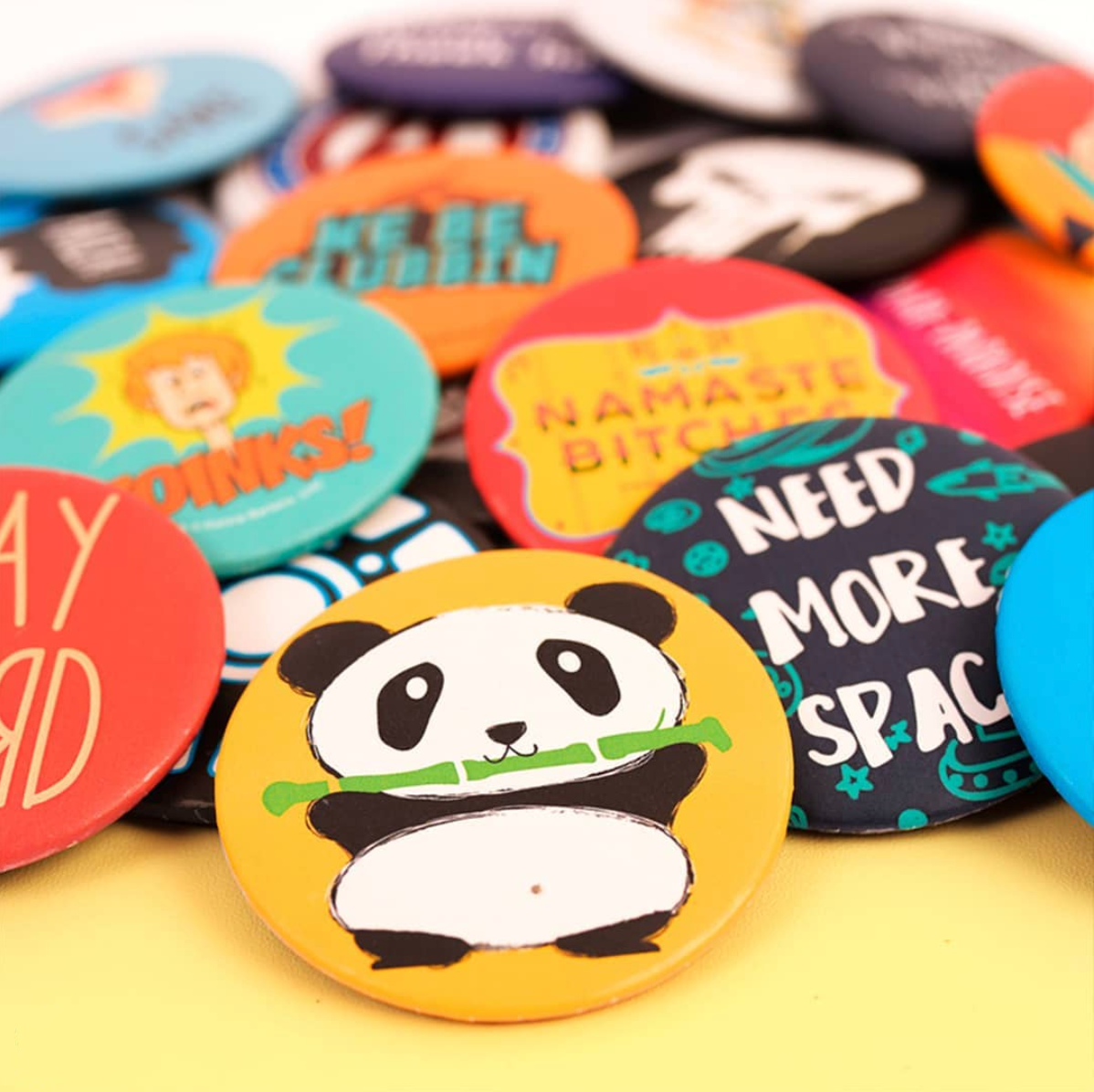







THE PRODUCTS
Competitive analysis, conversations with manufacturers, customers and the founders was the first step to understanding the current state of the brand. This helped reveal the major challenges they faced in terms of product design and development.
The three major ones that surfaced were:
• Standing out in a crowd of competitors
• Overcoming manufacturing constraints and low control over production quality
• Designing with low availability of resources and small room for error
We worked with various strategies to overcome these challenges and lay the foundation of the design process.
1. Bringing coherence in content and design to stand out in the crowd
The Souled Store competed with multiple startups and big brands for a chunk of the merchandise market. Their content incorporated themes like music, sports, food, old school nostalgia, humor and popular culture which were common among all competitors. Lack of a personal voice and scattered content caused The Souled Store to get lost in the market.
(Below) Initial product designs and content were scattered
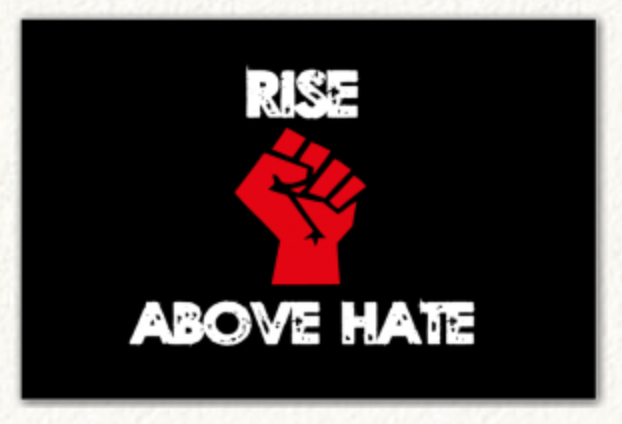


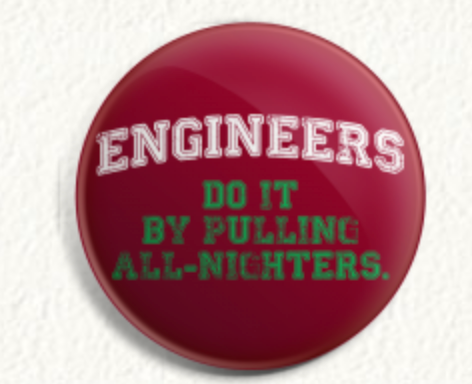

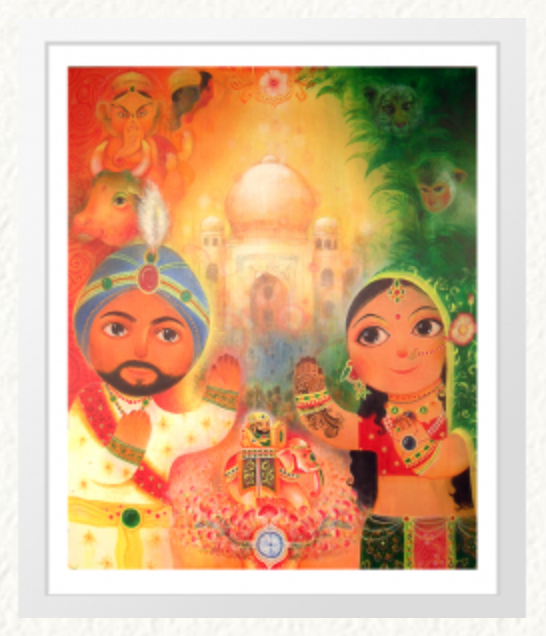



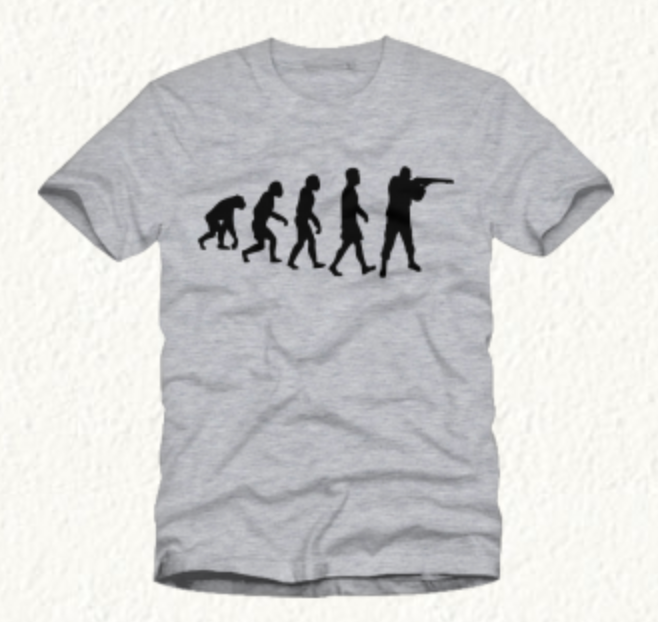

It was imperative to bring coherence in the content and develop a unique style that could differentiate the brand from its competitors. I worked with Rohin Samtaney to build a unified thinking language for the brand. We studied patterns among existing products, competitor’s products and historical purchase data to determine what was most relevant to our audience and what worked in favor of the brand.
We discovered that the underlying nature of The Souled Store’s content was passion, fandom and self expression and that its voice was casual and witty.
These keywords became the guiding stars that led content creation and brand development at The Souled Store. Ideas for themes, products, communications and promotions were derived from them. It helped create a unified collection of thoughts and ideas that appropriately reflected the brand values.
(Below) Early designs based on the brand vision






Each design began with an exploration of ideas, prioritized based on insights from historical purchase data and feedback from the core team. Select ideas were visualized and validated by users to be developed into high fidelity renders for production. User validation involved informally showing the designs to 4-5 users from our audience to measure the relevance of the content through their emotive response. Due to the ideation - execution - validation - iteration process, each design was built upon a unique idea that could neither be found elsewhere in the market nor be easily replicated. This process helped generation of original ideas and in turn accelerated the growth of sales.
The Souled Store bought licenses to pop culture characters, TV shows and movies to approach a larger audience and expand the product collection. The official merchandise market was crowded with identical designs from different competitors. This was a result of copy pasting artworks from the brand guidelines of the properties without giving much thought to the concept, design or application.
We designed for the licensed merchandise using the same process we used for original content. The result was licensed products that could only be found at The Souled Store. I worked closely with licensing teams to understand and incorporate their brand guidelines in the designs, and created original ideas for varied properties. The only drawback to this was the design approval process from the licensors, which extended production timelines, but accounting for it in planning helped reduce delays.
(Below) Officially licensed and original designs
Unity in content came with opportunities to collaborate with other artists, comedians, illustrators, musicians and indie bands that shared similar values as The Souled Store. I coordinated with these artists to craft collections specific to their content or curated their existing artworks, to fit the brand values. This helped The Souled Store reach a wider audience and differentiate itself from other merchandise brands.
(Below) Products in collaboration with popular artists

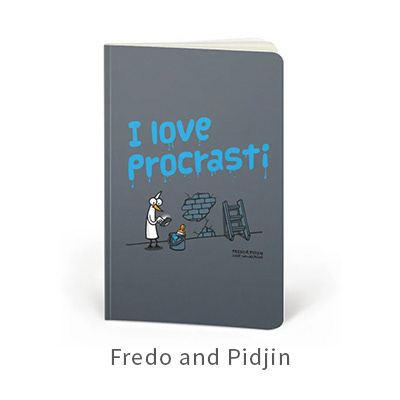

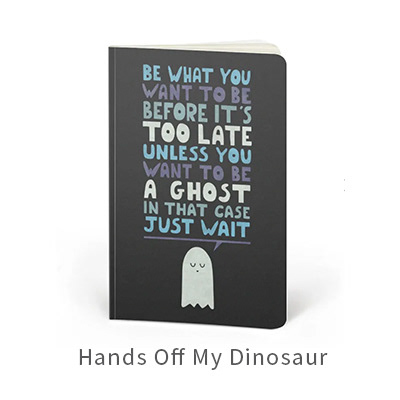
2.Working with manufacturing constraints to improve product quality
Manufacturing and printing operations were outsourced, thus initially there was very little control over the quality of the output. Errors often surfaced after the production cycle and could only be studied and avoided in the future. Designs as a result faced various constraints in terms of colors, material, printing and style. Aditya Sharma and I co-ordinated with manufacturers to understand these constraints and work towards solutions in the design and development process to improve product and printing quality.
(Below) Print samples from manufacturers



We worked with manufacturers to print samples of the designs for quality check. Any errors found were either communicated to the manufacturer for correction and resampling, or to the design team for iterations to the artwork. I worked with the team to improvise the designs and accommodate these constraints. This process was inefficient with time and money in the beginning, but it helped build a better understanding of the production limitations. The information collected over time on print quality of various colors, methods and materials was applied to the design process, eventually minimizing loss of time and effort.
Introducing new products to the collection required a similar process. Learning from current market availability of the product along with The Souled Store’s unique style informed the form, structure and design of the new products. We worked with manufacturers to develop prototypes and test them for durability, usability and overall quality with ourselves and users. This was followed by a few cycles of iteration and once the satisfactory quality was met, the new product was manufactured at scale.
Building an iterative process not only helped circumvent production limitations and improve quality, but also encouraged manufacturers to improve upon and expand their methods.
3. Planning to make efficient use of resources
As a self-funded startup it was important for the company to deliver high quality at a relatively low cost to the customer as well as the company. New designs, products or collections had to be worth the investment of time, money and skills that it cost to produce. Perceiving success before spending these resources was key to efficient use of resources.
Planning for a new design thus began with brainstorming ideas for content, along with studying customer preferences through historical purchase data. Vedang Patel provided me with data on successful products to find patterns that reflected customer preferences for themes, colors, products and content.
This information was collected and used to prioritize product ideas and shape the design outcome. Learning and applying it thus became an integral part of the design process.
THE BRAND
There was no specific image that defined The Souled Store and it suffered various inconsistencies in communications with the audience and within the company. It was imperative for the brand to find its unique voice and develop it to guide the brand strategy.
(Below) Initial brand Personality


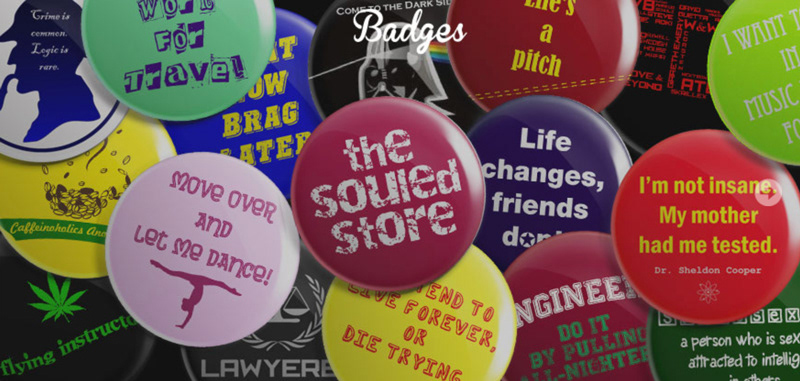


The first step towards the voice, was to learn the brand’s current state and position. Interviews with the founders, employees and customers helped me understand the stakeholders’ perceptions. Competitive analysis shed light on The Souled Store’s aspects of differentiation.
The challenges facing the brand at this point were:
•Finding the right direction for long term growth
•Aligning the stakeholders’ perceptions of the brand
•Establishing credibility and legitimacy as a young startup
We used a diverse approach to address these challenges and establish guidelines for the brand’s functions and progress.
1. Discovering the story
The brand name had different meanings for each of the founders but the brand itself had a unique and definitive origin. The Souled Store was founded by 4 engineers who quit their corporate jobs, to build something that could bring meaning to their lives and others’. This emotion brought them to create a place for people to express themselves freely and do things that mattered to them.
Creativity, self expression and passion were the primary values that embodied The Souled Store, but conversations about them were limited to the ‘About Us’ page on the website.
In the merchandise market The Souled Store differentiated itself based on original ideas, unique designs, playfulness and wit. I used mind maps and writing techniques to prioritize the values and develop the brand’s story. This story was the framework upon which The Souled Store evolved as a brand.
The Souled Store stood for doing what you love by following your soul. It believed that, each individual is a unique soul, on a journey to discover their own super powers. The Souled Store was the platform, for these souls to come together, express and celebrate these powers.
2. Recrafting the personality
The Souled Store’s brand identity system was inconsistent with its goals and values. Discovering their story helped begin shaping the visual aspects to better reflect their personality. Its development took place over two phases.
REBRANDING I
The first phase of rebranding was about bringing dynamism and consistency in the identity system while maintaining certain elements for brand recall.
The current identity system was dark, distressed and disconnected. The idea was to refresh the brand image without making structural changes to the logo. I used the brand value keywords and decided to go with a bold and modern graphic style for the brand, to reflect the passion and boldness required to follow your soul.
(Below) Refined Logo
Though the new image was refreshing and appropriate it lacked dynamism, which was key to the self expression aspect of the brand. It needed a medium to express itself to the audience. This led to the creation of Mr.Souls, a character representation of the brand. Mr.Souls began as an experiment to personify the brand, and was used through various communication mediums like social media posts, packaging and website banners.
(Below) Mr.Souls character design
(Below) Social media campaigns with Mr.souls


WEBSITE USER EXPERIENCE I
The Souled Store website user experience was initially outdated and cluttered with usability issues. I teamed up with Rohin Samtaney and Vedang Patel to improve the experience and redesign the user interface. Following are few of the many issues we addressed.
Homepage
I used tiles on the homepage to display more products together, requiring less scrolling from the users. The product display image was a photograph of the real product instead of mockups making it more real to the customers.
Product Page
The Souled Store was known for its designs and thus we offered alternate views of the products including the design itself. Displaying material description, reward points, delivery and return policy helped inform the user about the product and purchase details.
Artist Pages
The Souled Store offered a platform for artists to submit their artwork and earn royalty. Retaining artists and encouraging new ones to participate was one of the key requirements to build a community around creativity.
Artist listings could be filtered by themes to make the browsing more relevant. Artist profile pages could present the artwork along with the creators and give insight into their source of inspiration. The goal was to build an artist community on The Souled Store platform.
Building a portal to help learn about creating designs for the brand and submitting the artwork made it easier for artists to become a part of The Souled Store artist community.
Phase I of redesign was successful in aligning the visual system of The Souled store. The new website helped increase conversions and return audience.
REBRANDING II
Phase II of redesign was initiated to refine the image and improve the user experience. I conducted contextual inquiries with the stakeholders to redraw the current perception of the brand and redirect the brand’s visual system.
My goal was to visualize a bold, freestyle and expressive identity. I used sketching and calligraphy techniques to create the new form.
(Below) Final selected sketches
Through various iterations and legibility tests we arrived at our final logo design. The hand drawn calligraphic strokes gave it a bold quality and a signature feel.
Initially I planned to develop the logo and character unit together, but we discovered that Mr.Souls created a disconnect with certain audiences due to its young and childish perception. The Souled Store’s audience expanded beyond college students to include people of varied ages who were into some form of popular culture. The task was to give Mr.Souls a form that was ageless, memorable, uncommon and relatable to this audience.
The idea was thus to design the logo and character independent of each other. This would make Mr.Souls a secondary element that could be evolved or discontinued without disturbing the logo or brand collaterals, which could turn into an expensive endeavor.
(Below) Mr.Souls character development
(Below) Mr.Souls social media comic strip


Through sketching, design and iteration I created the new form for Mr.Souls. The design team helped me develop its variations to find the one that was most fitting to the brand. It was then developed to create an entire character personality guide to be used for marketing and communications.
The previous color palette was dark and slightly dull due to the navy blue and sky gray colors. I decided to maintain the contrasting theme but revive the brightness of the palette and make it more inviting. Adding the bright but cool accent color helped balance the vivacity of the bold red.
In hindsight, the logo and character should have been planned for and designed together as a unit, but this could be amended in future iterations to the identity.
WEBSITE USER EXPERIENCE II
In early 2017, website conversions reduced, cart dropouts increased and the brand struggled to boost sales. Conducting usability tests of the web store helped discover user issues and improve the experience, while studying competitive websites helped bring usability up to market standards.
(Below) Notes and sketches from the process






Through the usability tests we discovered majority issues in the checkout process that overwhelmed the users. The checkout process needed to be shorter and more intuitive for users.
(Below) A few of the issues with checkout process
78% of users were mobile but The Souled Store website lost even basic usability standards when viewed on phone. We used a mobile first approach for the redesign to ensure a unified experience.
I worked with the core team to develop strategies to address usability issues with the website. Sketching the user flow and wireframes helped validate these strategies and ideas with users.
I also spoke with developers to learn their feedback on the new designs from the execution perspective. Once the designs were validated by users and the teams, I designed high fidelity UI to forward to the development team.
The new website reflected bright, fresh and minimal UI to reduce any unnecessary clutter and provide a seamless experience to the users.
Discount coupons were displayed on the cart page and their application was provided right before the billing details to make it easier for users to apply codes and reduce their billing amount. This helped increase the use of these discount codes and eventually increased website conversions.
Fixed action buttons were placed at the bottom of every screen to give the website and app-like feel and make it easy for users to proceed.
(Below) Snapshots from the redesign
We reduced the steps to checkout by eliminating login as users were more likely to be logged in while using the website based on data. Login was added as a pop up between the steps instead.
The payment step summarized the entire order for a final viewing before being placed.
Users lacked trust regarding the authenticity of the licensed products on the website. Establishing authenticity of products was of utmost important to maintain the brand image.
Adding official logos to the homepage was one part of the effort to try and establish the authenticity.
We created profile pages for licensors to make it easier for customers to find relevant products of the same themes and further emphasize on the authenticity of the products.
Full bleed banners throughout the website allowed us to showcase products in action.
WWE SHOP INDIA - UI
In 2016, The Souled Store collaborated with WWE to launch the first official WWE merchandise web store in India. This would be an extension to The Souled Store’s original website but yet maintain the brand and UI guidelines of the WWE brand.
The main goal for the design was to provide an authentic WWE experience while maintaining The Souled Store shopping experience on the website. I used the color palette and image treatments from the WWE visual style and worked with The Souled Store’s new website structure, incorporating both the brands’ values.
3.Aligning brand perceptions
While the visual identity of the brand was coming together, I worked with Rohin Samtaney to develop the brand language and tone. We explored the brand’s behavior through various mediums and situations to determine how it presents itself to the audience. Eventually a brand book summarized the visual language, character and tone standards of this personality.




We introduced it to the teams through meetings and activities, as it was really about building a culture around that personality. This aligned their perceptions about the brand, customers, fellow colleagues and the work they do. It helped guide employees and seamlessly assimilate new members into the team.
We reflected the personality through social media posts posts, ads and marketing campaigns. Consistent application of the language, story and newly established guidelines helped align the audience’s perceptions of the brand.
Sending Hogwarts acceptance letters with Harry Potter merchandise was one of our most successful marketing campaigns. It celebrated The Souled Store's passion and love for pop culture.
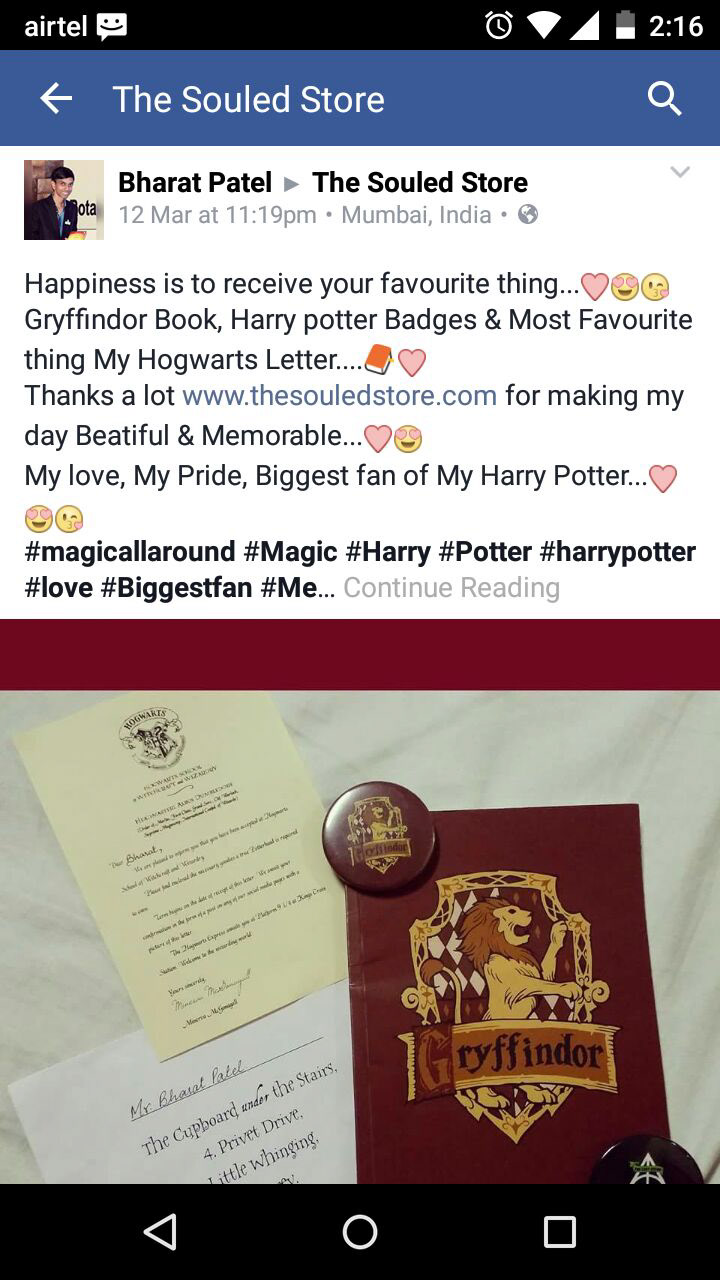
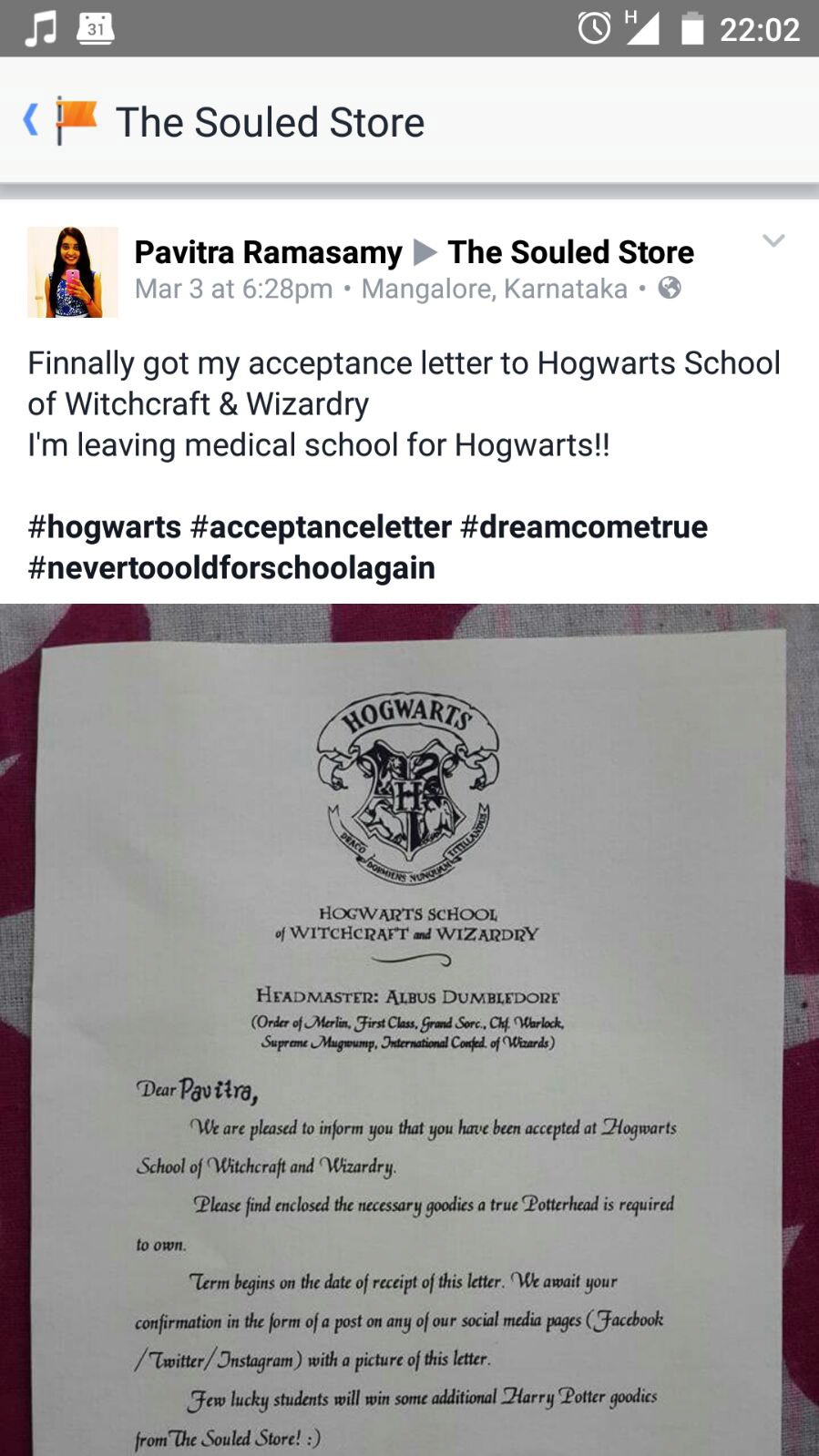
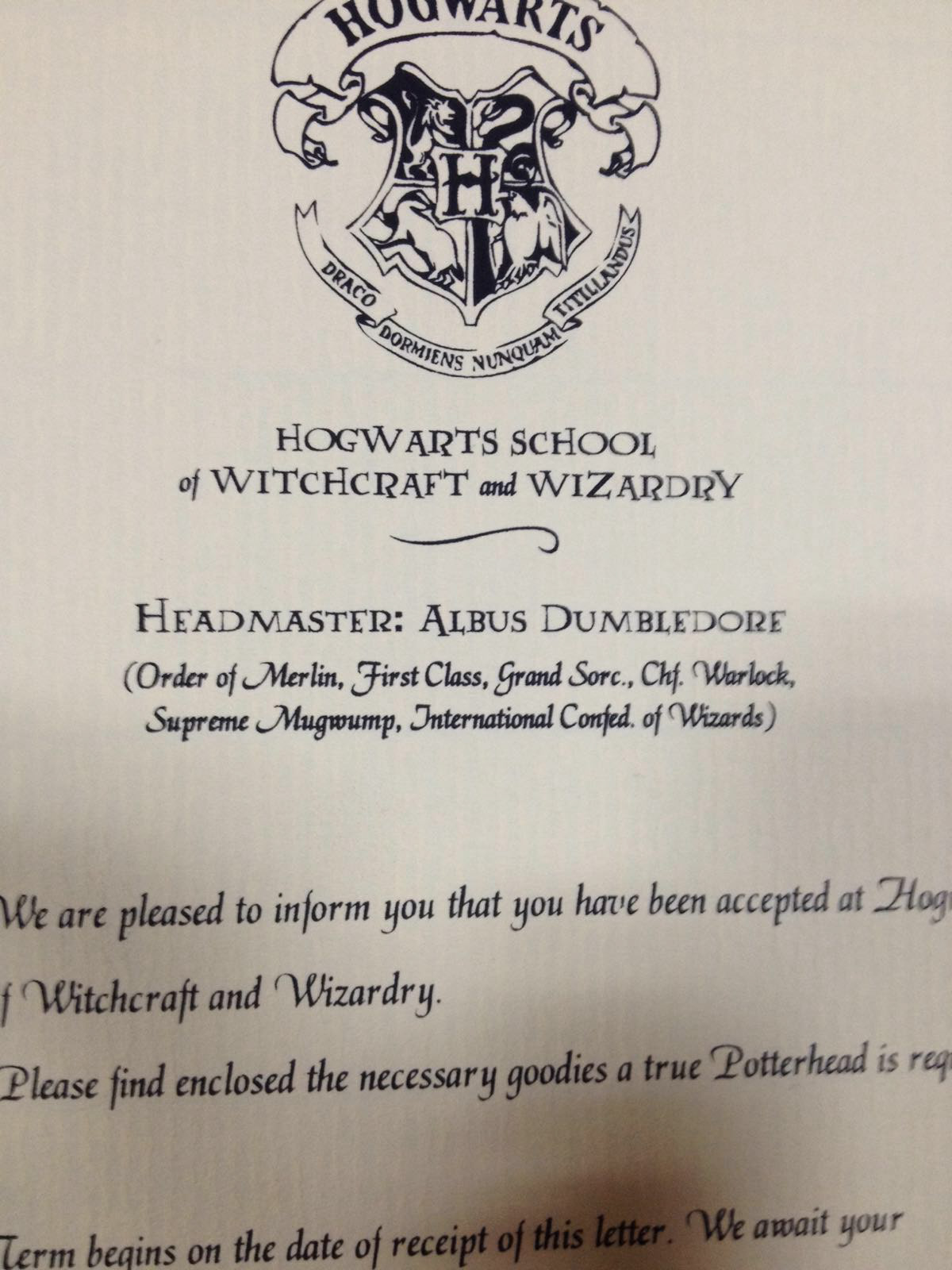
THE TEAM
The success of the design strategies had greatly accelerated the brand’s growth, scaling production and operations. We built an in-house design team to support this progress. This team was responsible for the design and development of products, brand collaterals, advertising and marketing campaigns.
Over 3 years of working with The Souled Store, I hired, trained, managed and mentored a team of 18 creatives including illustrators, graphic designers and art directors. The key challenge for me was to build a strong self-starting team that could progress the brand without my intervention or support. I set a few goals for this challenge based on my vision for the brand, products and the company.
• Build a diverse team with complementary skill sets
• Integrate members with the brand and company values
• Facilitate and improve communication between teams
• Encourage growth and autonomy
We used various methods and processes to reach these goals and help create a creative work culture in the organization.
1. Finding the right fit
As part of the team, the designers were required to rapidly generate ideas and visualize them. We had to make sure we built the team with designers that not only followed the process but also improved on it.
I created design challenges to test the compatibility of design applicants with the company. They were provided with a brief requiring them to conceptualize, execute designs for specific themes or campaigns, and iterate them based on feedback.
The challenge lasted two weeks and gave us a good indication of the applicant’s skills and approaches. It helped us find the right fit and learn about the unique qualities they could add to the team. This also gave the candidate a chance to experience what it would be like to work with our team and familiarized them to our process.
2. Training and Management
Each designer went through a training period designed to seamlessly assimilate them with the company. This period allowed them to absorb the culture and thinking style of The Souled Store. It also helped me empathize with their thinking patterns and qualities, which was key to effectively communicate with them.
They were tasked with taking lead on a project that I’d help them navigate through. I was responsible for building the creatives that would carry the brand forward without me, thus it was important for them to think for the brand themselves. I’d use critiques and demonstrations to guide their thinking and designing skills.
Demonstrations were a tool to invite the team to critique my work, nudging them to question things and think laterally. Each creative brought a unique quality to the table that I encouraged them to enhance. I intended to develop a growth mindset in the team and help them learn from each other, improving their overall progress.
Reviews gave them an opportunity to reflect on their work and time with The Souled Store. This was a moment for me to speak each team member about their ambitions, challenges and progress. My goal was to inspire their personal and professional growth as well as communicate feedback on their progress in the company.
I designed a team meeting structure to share progress, updates and learnings with each other. This was a platform for the team to express their ideas, concerns and suggestions, to improve the experience of working at The Souled Store.
These meetings also helped discover and address issues between various departments like marketing, design and manufacturing that led to delays or errors. I facilitated conversations between concerned teams and helped arrive at solutions to improve their collaboration.
3. Establishing a creative culture
The creative team was most motivated while learning something new. I conducted monthly workshops on specific aspects of design, encouraging them to develop their skills or acquire new ones - like freestyle calligraphy, digital illustration, ideation, animation and design thinking. It was a way for them to break out of their patterns and gain a new perspective on things. The workshops were open to all the departments to encourage creative thinking throughout the company.
We planned and organized events to offer a break from daily responsibilities and reignite the enthusiasm among employees. Graffiti painting, karate introduction classes, face painting, mid-day music breaks, band nights were some of the events I helped plan and implement for The Souled Store.



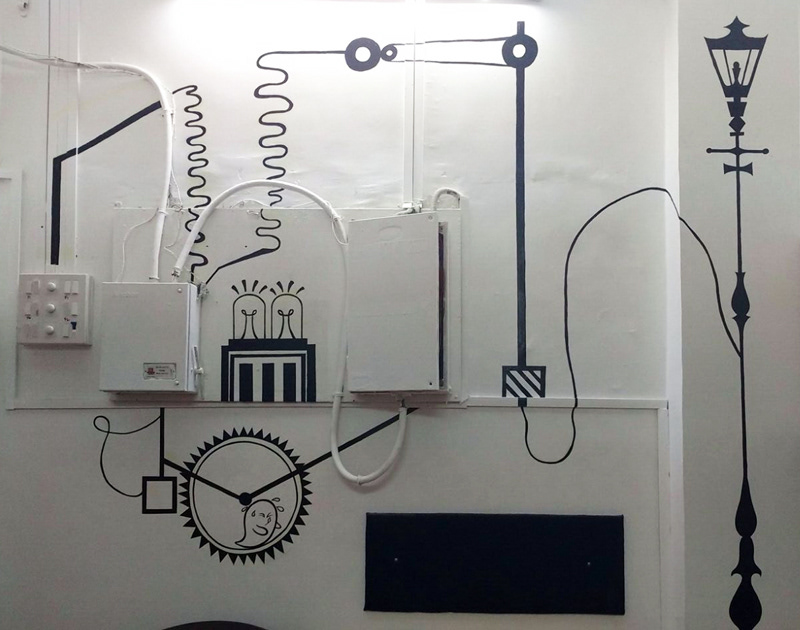


***
In 2018, The Souled Store acquired $3 Million in funding from the Goenka Group in India, tremendously accelerating its growth in the merchandise market. As of July 2019, it is India’s largest online officially licensed merchandise store.

